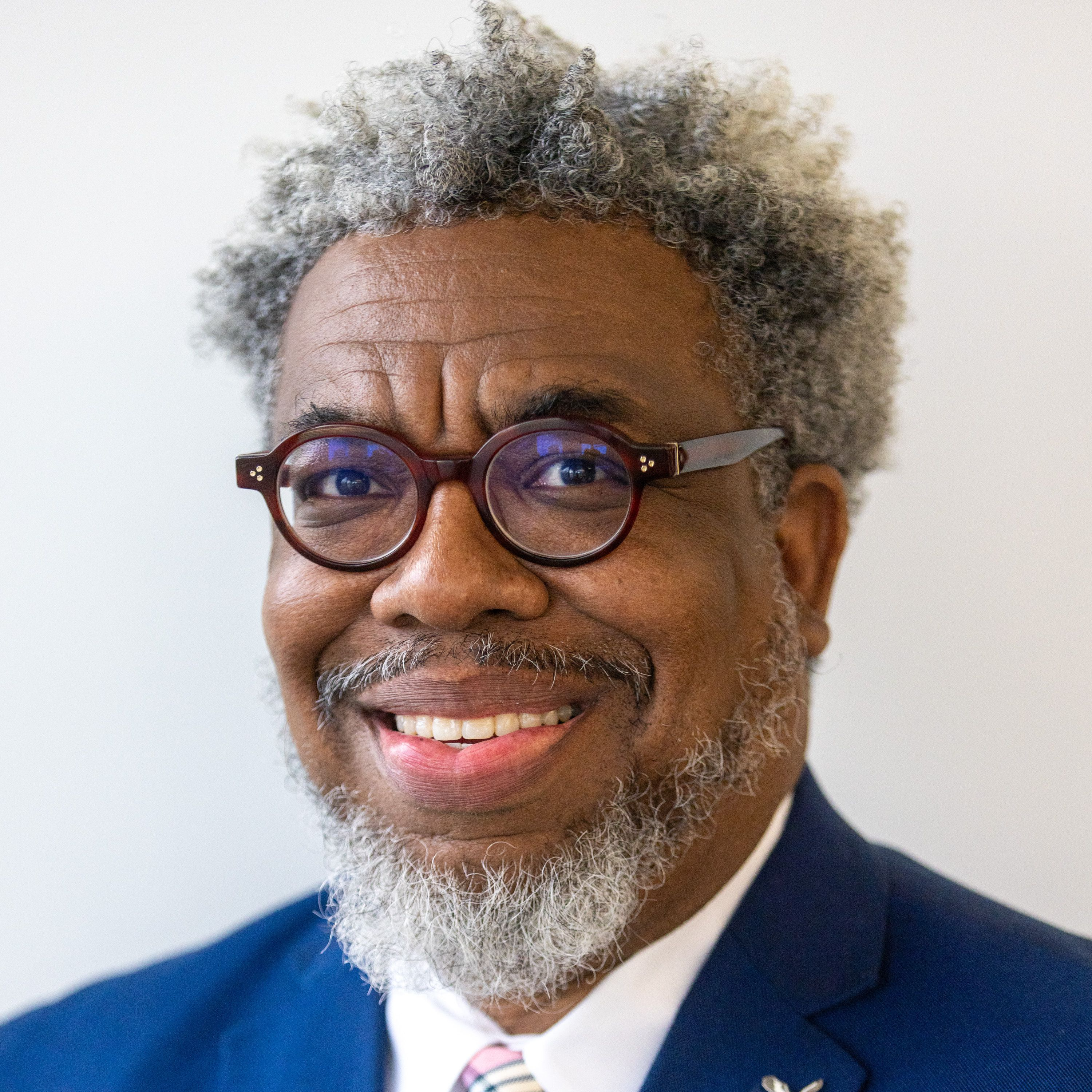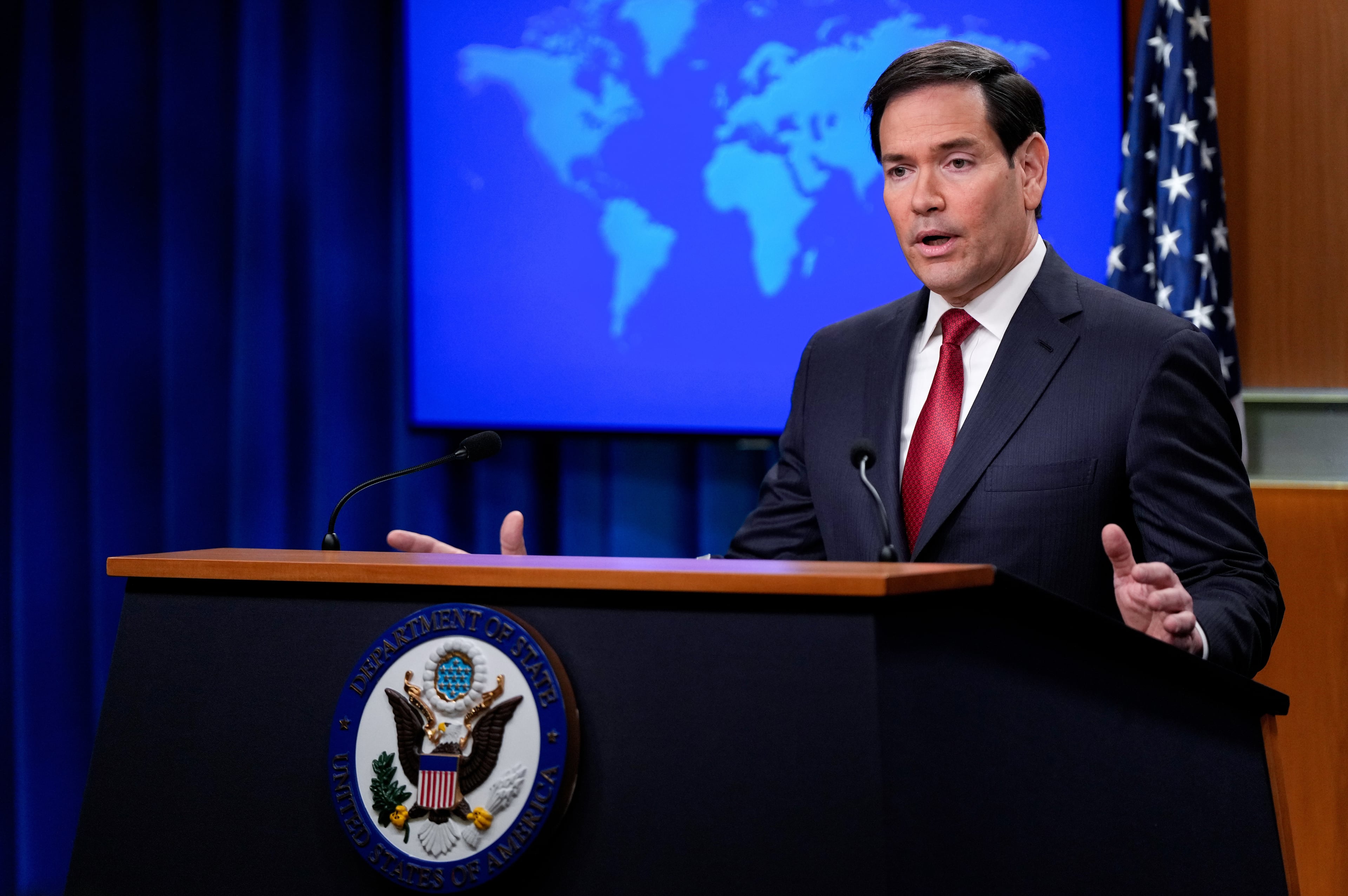‘Atlanta Way’ challenged after violent night of protests

In the days following the 1968 assassination of Martin Luther King Jr., America burned.
From Washington, D.C., to Chicago to Baltimore, Kansas City, and New York City, protesters turned their grief over the death of the civil rights leader into anger to ignite the greatest concentrated wave of social unrest in the United States since the Civil War.
Atlanta didn’t burn.
On the day of his funeral, April 9, 1968, thousands of people quietly followed the mule-drawn carriage holding his body through the streets of downtown Atlanta. Then went home.
That is what Atlanta Mayor Keisha Lance Bottoms was talking about Friday night in her emotional plea as fires broke out after a once-peaceful protest over how African Americans are treated by police turned violent.
“If you love this city — this city that has had a legacy of black mayors and black police chiefs and people who care about this city, where more than 50% of the business owners in metro Atlanta are minority business owners – if you care about this city, then go home.”
It is called the “Atlanta Way,” an oft-repeated phrase used as an example of how Atlanta, led by the black and white business class, has often been able to come together on racial issues.

“It was a decision that the business community was going to take the lead in the race problem and we would do it by sitting down and working it out together,” said former Atlanta Mayor Andrew Young. “We just got together and talked it out.”
Young said the “Atlanta Way,” championed by men like William Hartsfield, Ivan Allen, Maynard Jackson and Jesse Hill, is something that has to be reclaimed in the "city too busy to hate."
>> PHOTOS: Protests in Atlanta through the years
But the idea that there is one “Atlanta Way” is wrong, said Calinda Lee, vice president of the Atlanta History Center. From the late 1800s on, there have been many Atlanta ways, she said, some of them organized and measured, and others more aggressive and activist.
The appearance of peaceful power sharing “has always left some African Americans behind,” Lee said. “For many, it has never felt like enough. There have been other ways people have approached a more urgent need for change.”

Protests in the city have varied from the African American laundry workers’ strike in 1881 — where African American laundry women organized and stopped providing services to the city’s white residents who employed them — to marches against attacks by whites on black servicemen returning from the first two World Wars. In the Race Riot of 1906, armed whites killed blacks across the city, based on unproven reports of four incidents of black men assaulting white women. In response, Lee said, black people on the city’s south side organized and armed themselves for protection.
Perhaps the most direct precursor of what people consider the Atlanta Way was the formation of the Atlanta Negro Voters League, formed in 1946 after a spate of lynchings, said Maurice Hobson, associate professor of African American Studies at Georgia State University and author of “The Legend of the Black Mecca.”
>> MINUTE-BY-MINUTE: Second day of demonstrations begin, curfew for city of Atlanta
>> PHOTOS: Atlanta braces for second night of protests
>> MORE: Atlanta stories from a night of violence
Comprised of 35 prominent black men, the League negotiated with a group of prominent white business leaders to define the terms of civic and business opportunities for the city’s black community, he said.
The problem was, Atlanta didn’t have a homogeneous black community, and still doesn’t.
“The League urged moderation and incrementalism which was more of a middle-class thing,” Hobson said. “It doesn’t articulate the complexity of being black in Atlanta.”
Despite Atlanta being celebrated for decades as a “Black Mecca,” the city’s jobless rates were 11.5% for black residents and 2.5% for white residents as recently as 2017, according to the Brookings Institution. The wealth gap also remains huge.

In more contemporary times, there have been uprisings. Hobson pointed to protests in Atlanta’s Summerhill neighborhood in 1966 and in the Dixie Hill neighborhood in 1967. Both were spurred by police-involved shootings of black people, he said. Sanitation workers dumped garbage outside city hall in 1977 during a strike for higher wages. The mothers of Atlanta’s missing and murdered children led marches demanding then-Mayor Maynard Jackson take a more aggressive approach to solving the killings in the late 1970s and early 1980s.
In 1992, in the wake of the Rodney King verdict, protests in Atlanta turned violent as demonstrators openly clashed with police and vandalized downtown properties.
Lee said she does not condone the violence witnessed over the weekend, but people who feel unheard can react in ways that aren’t measured.
“But for assertive protest, we would probably be living in a segregated society because the pace of change was glacial,” she said.
Friday's protests followed the death of George Floyd, an African American who died after a Minneapolis officer pinned him down with a knee on his neck while he was handcuffed. Marchers said it was just the latest example of police brutality against black Americans.
Activist Yonasda Lonewolf said the plan was to have a nonviolent protest march and deliver speeches about voting, closing the city jail and justice for at least three Atlanta men who were shot and killed by police.
“When we finished the rally, the energy was people dancing in the streets,” she said. “The energy was good.”
>> RELATED: Violence rocks Atlanta as peaceful protest ends in flames
>> PHOTOS: Atlanta rally against police violence draws hundreds, turns violent
>> COMPLETE COVERAGE: Atlanta protests
Young, a veteran of marches dating back to his days working with King and John Lewis in the 1960s, watched Friday’s events from his Atlanta home.
“I thought that we had a wonderful demonstration going on, but nobody decided what they wanted to achieve, how they wanted to declare victory, and how they wanted to close it out,” Young said.
Young added that by the time the marchers returned to Centennial Olympic Park, the organizers had probably gone home.

“I was frustrated because a hoodlum element took it over,” Young said. “My children will criticize me for this, but you are a hoodlum when you break the window of a police car and set in on fire.”
Young was echoing his controversial 2016 statement where he called disruptive Black Lives Matter protesters “unlovable little brats.”

Lonewolf said the violence started after the organized rally had ended, adding that she told people to leave because “our presence and our faces should not be in the midst of this.”
“But I feel that the police need to have a better understanding and connection with the people,” she said. “What we saw yesterday, even though this is the birthplace of civil rights, is there is only so much that black people can take. Today, the officials of Atlanta are shocked and they woke up a sleeping giant.”
Clifton Crawley, a 42-year-old social worker and member of the NAACP’s Atlanta Branch’s executive board, said outside groups co-opted parts of the protests.
“What I witnessed was not a reflection of the city,” Crawley said. “It was more of a weird mixture of the AfroPunk/ANTIFA/Socialist/Anarchist crowd.”



